by Adil Najam, Boston University
The midnight between August 14 and 15, 1947, was one of history’s truly momentous moments: It marked the birth of Pakistan, an independent India and the beginning of the end of an era of colonialism.
It was hardly a joyous moment: A botched process of partition saw the slaughter of more than a million people; some 15 million were displaced. Untold numbers were maimed, mutilated, dismembered and disfigured. Countless lives were scarred.
Two hundred years of British rule in India ended, as Winston Churchill had feared, in a “shameful flight"; a “premature hurried scuttle" that triggered a most tragic and terrifying carnage.
The bloodbath of partition also left the two nations that were borne out of it - Indiaand Pakistan - deeply scarred by anguish, angst, alienation and animus.
By 1947, the political, social, societal and religious complexities of the Indian subcontinent may have made partition inevitable, but the murderous mayhem that ensued was not.
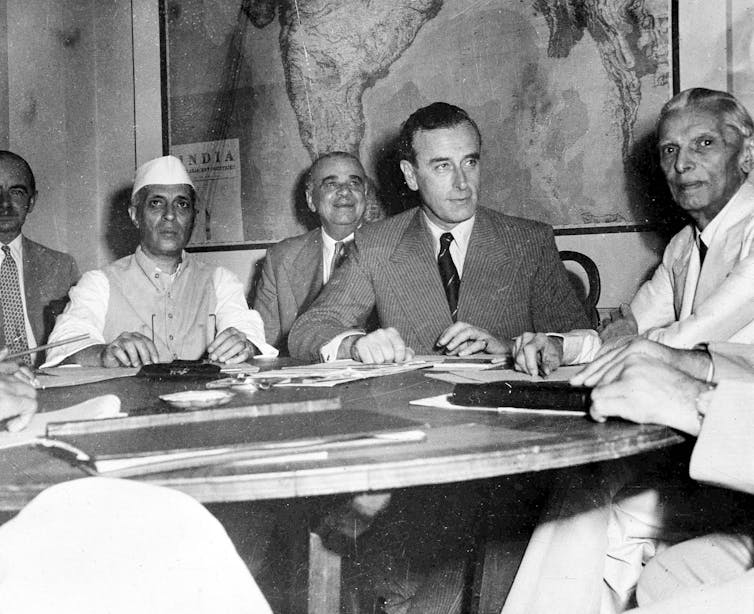
Lord Louis Mountbatten, viceroy of India, met with Indian leaders to discuss partition. Max Desfors/AP

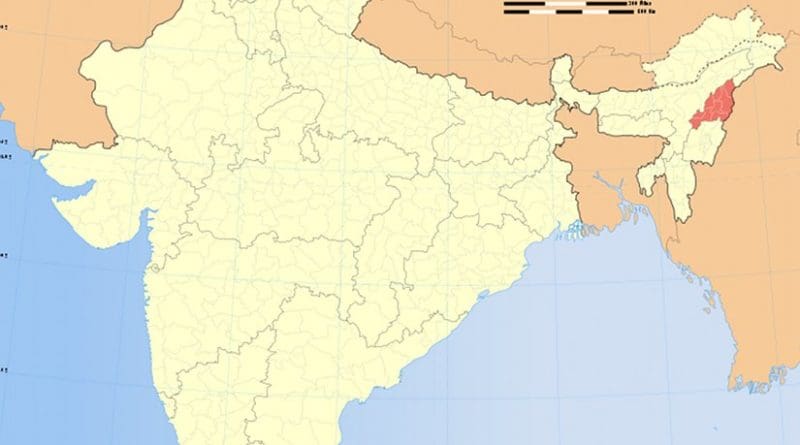
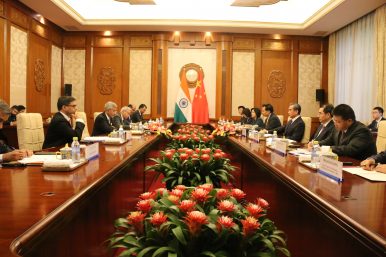
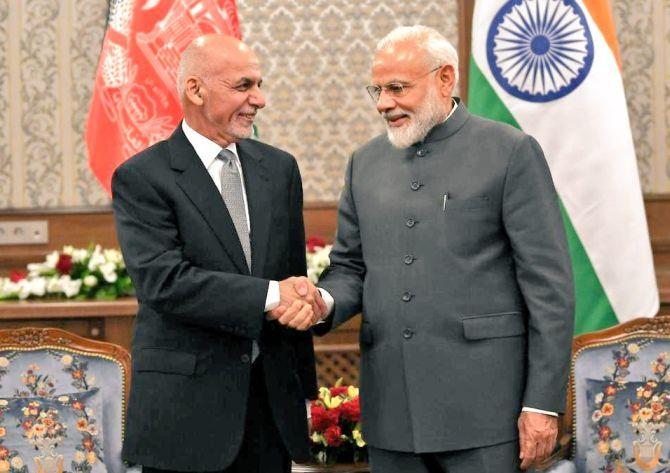
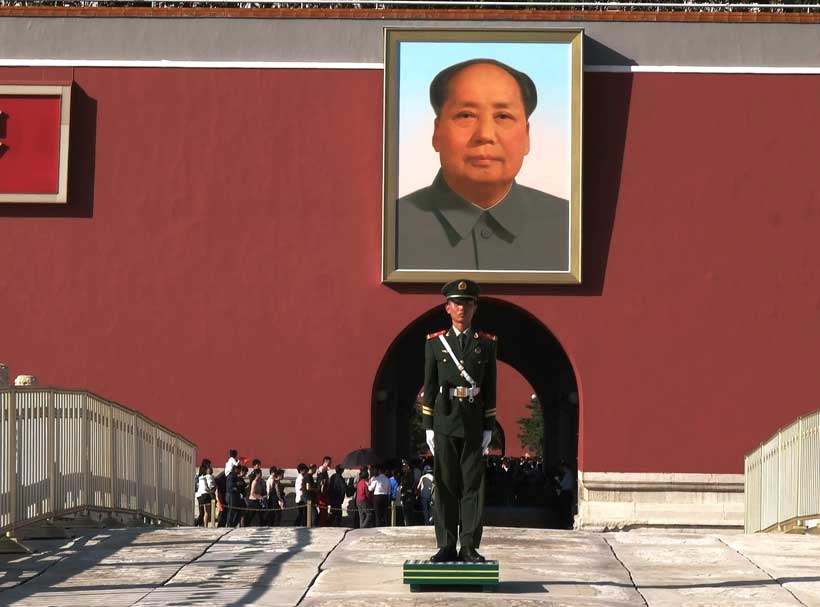
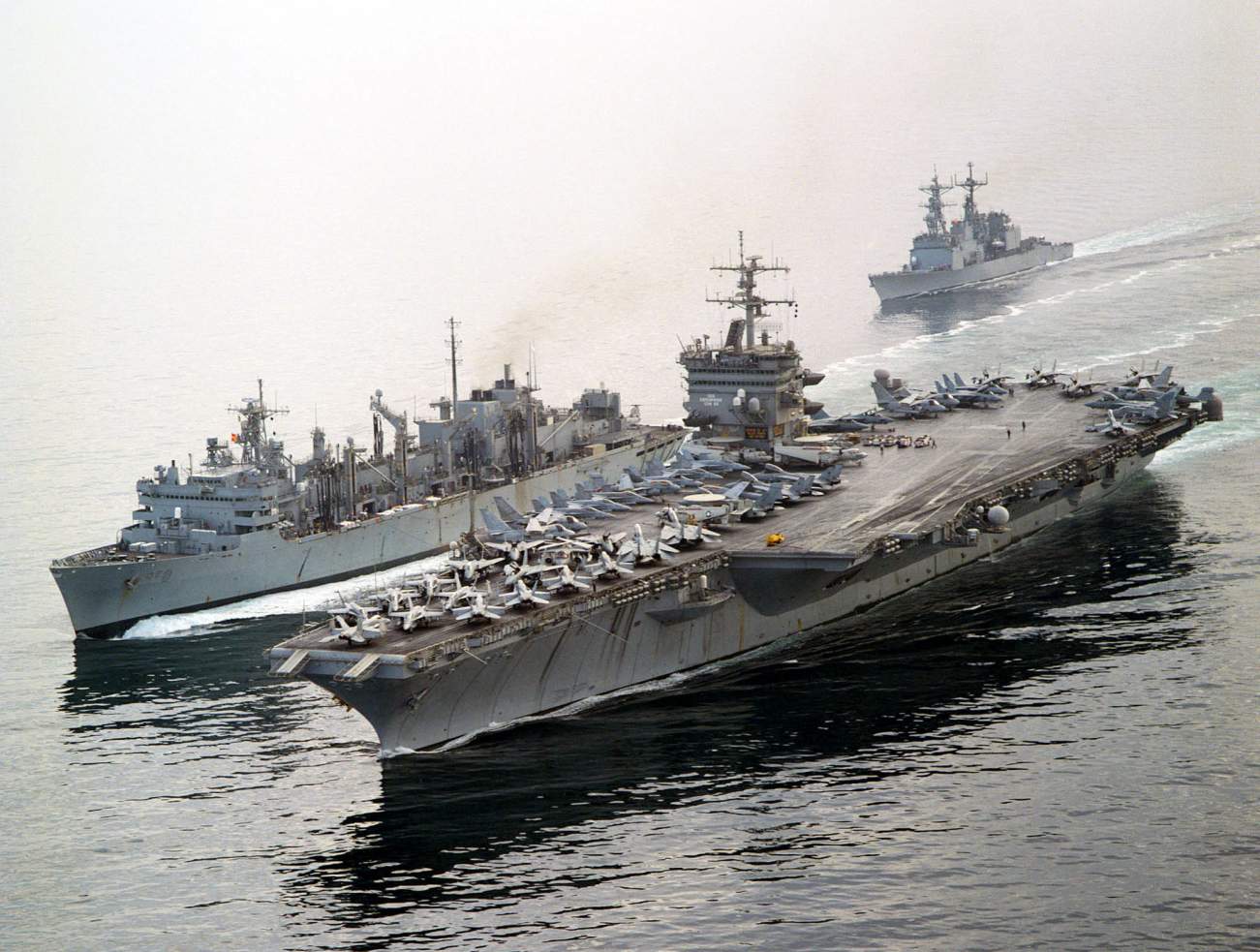

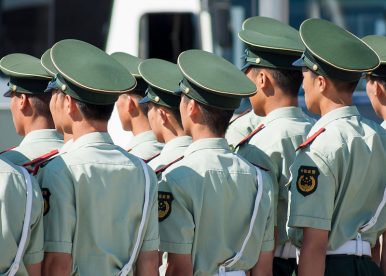



/arc-anglerfish-arc2-prod-mco.s3.amazonaws.com/public/T2VCNN6RWVC2JGUFUSLFH6CAZI.jpg)



